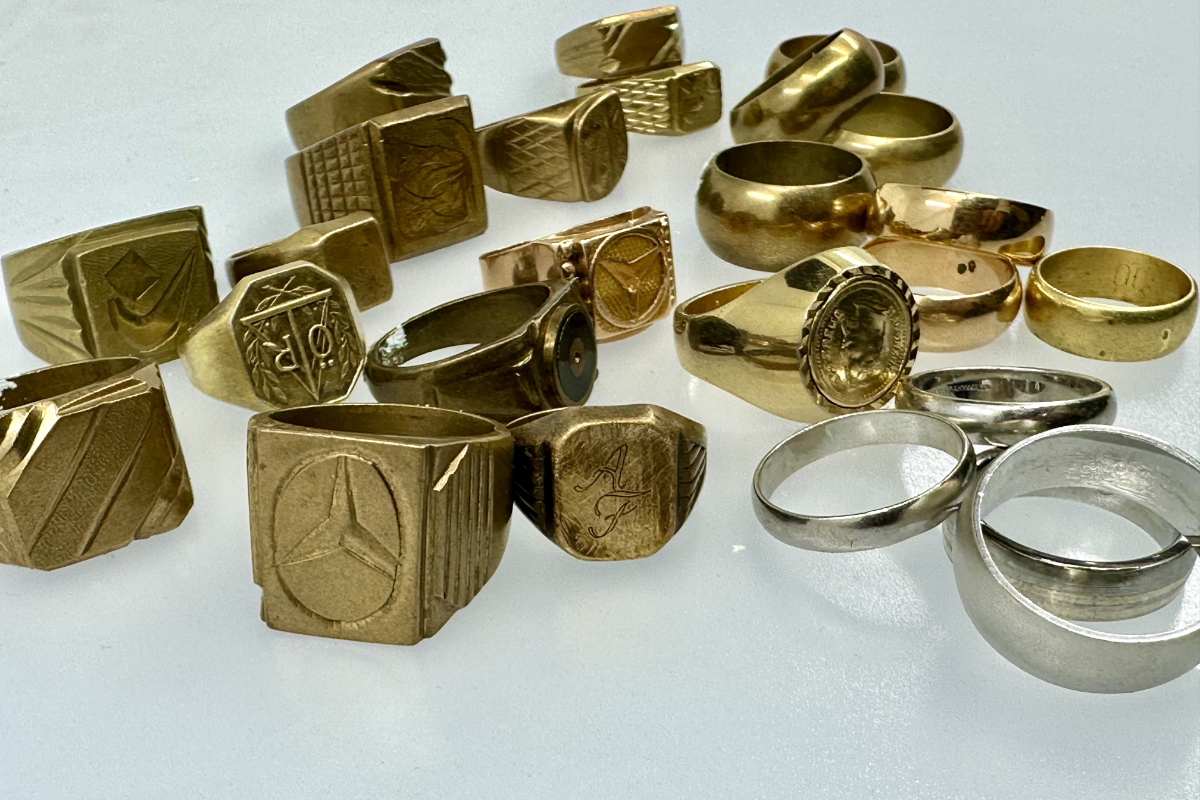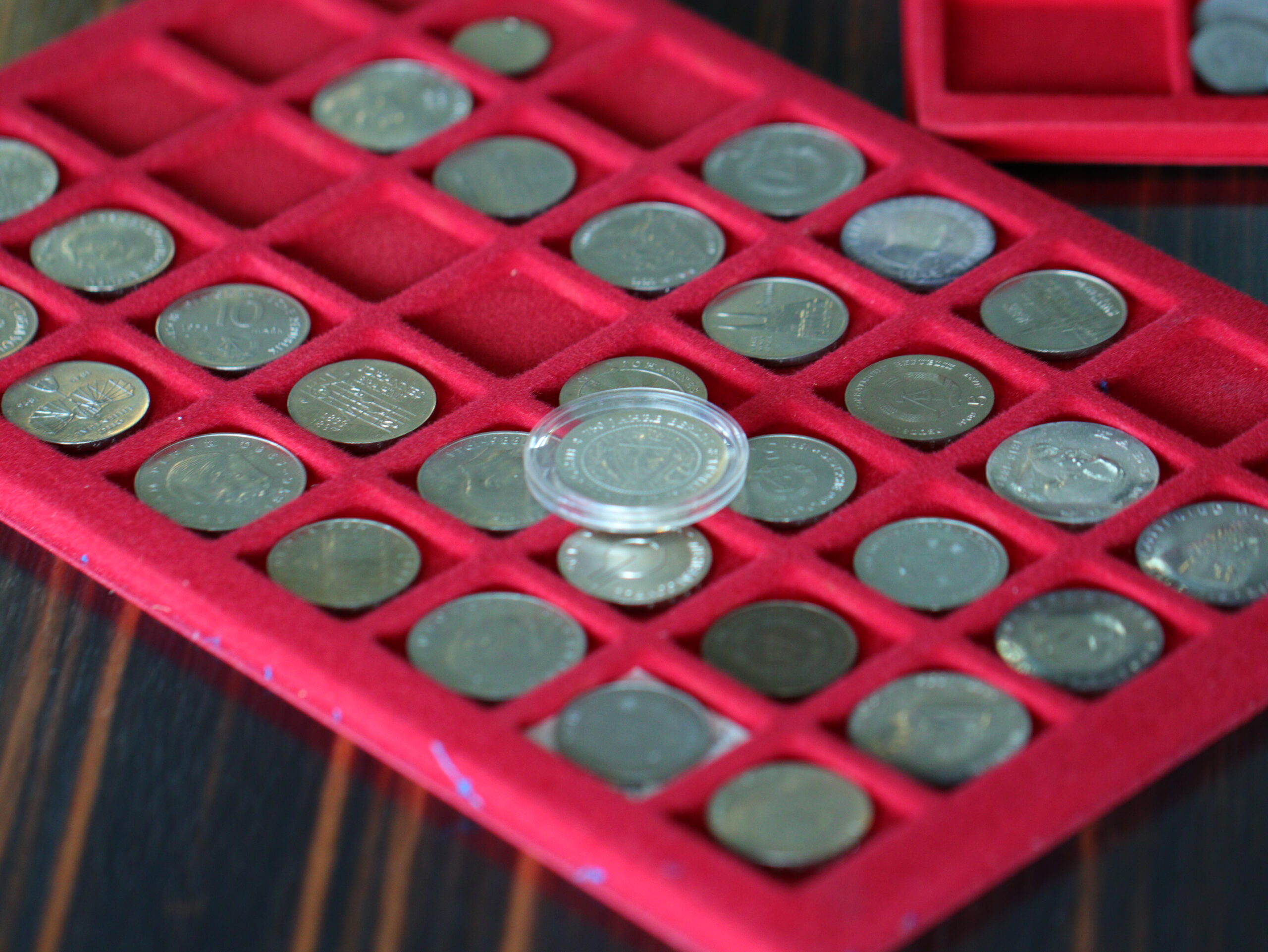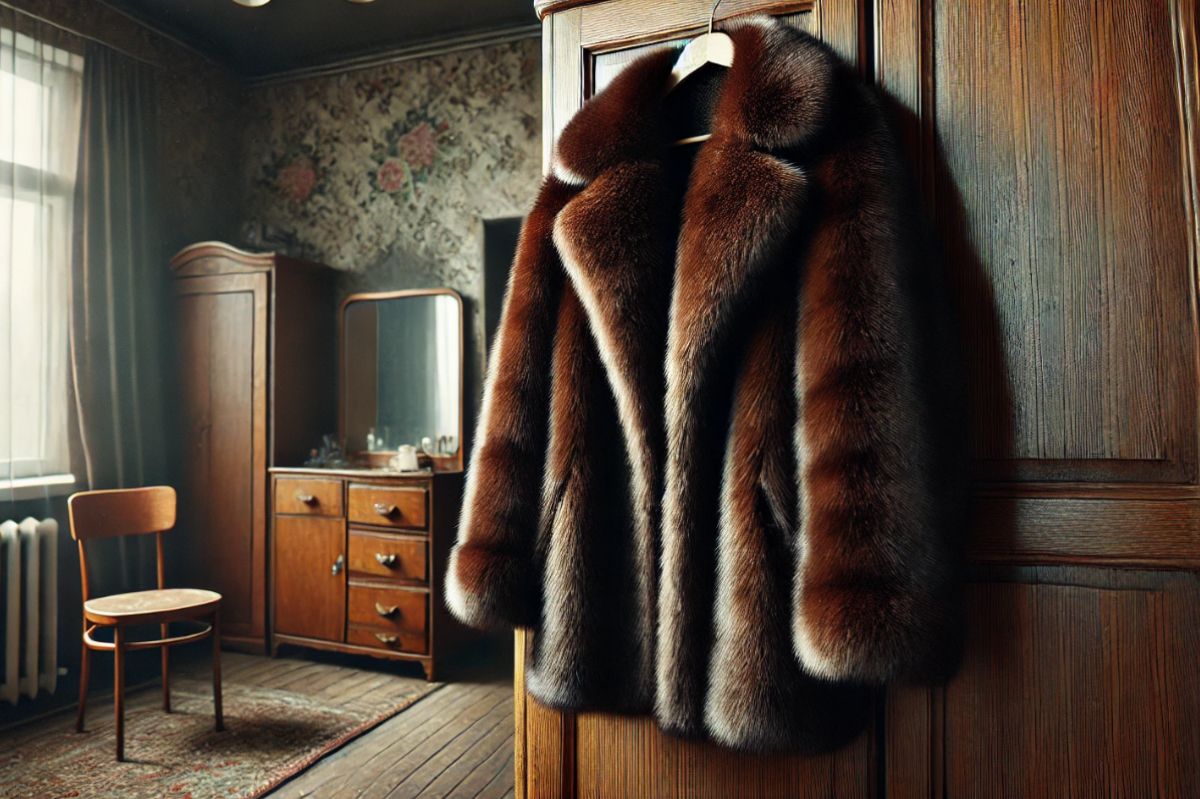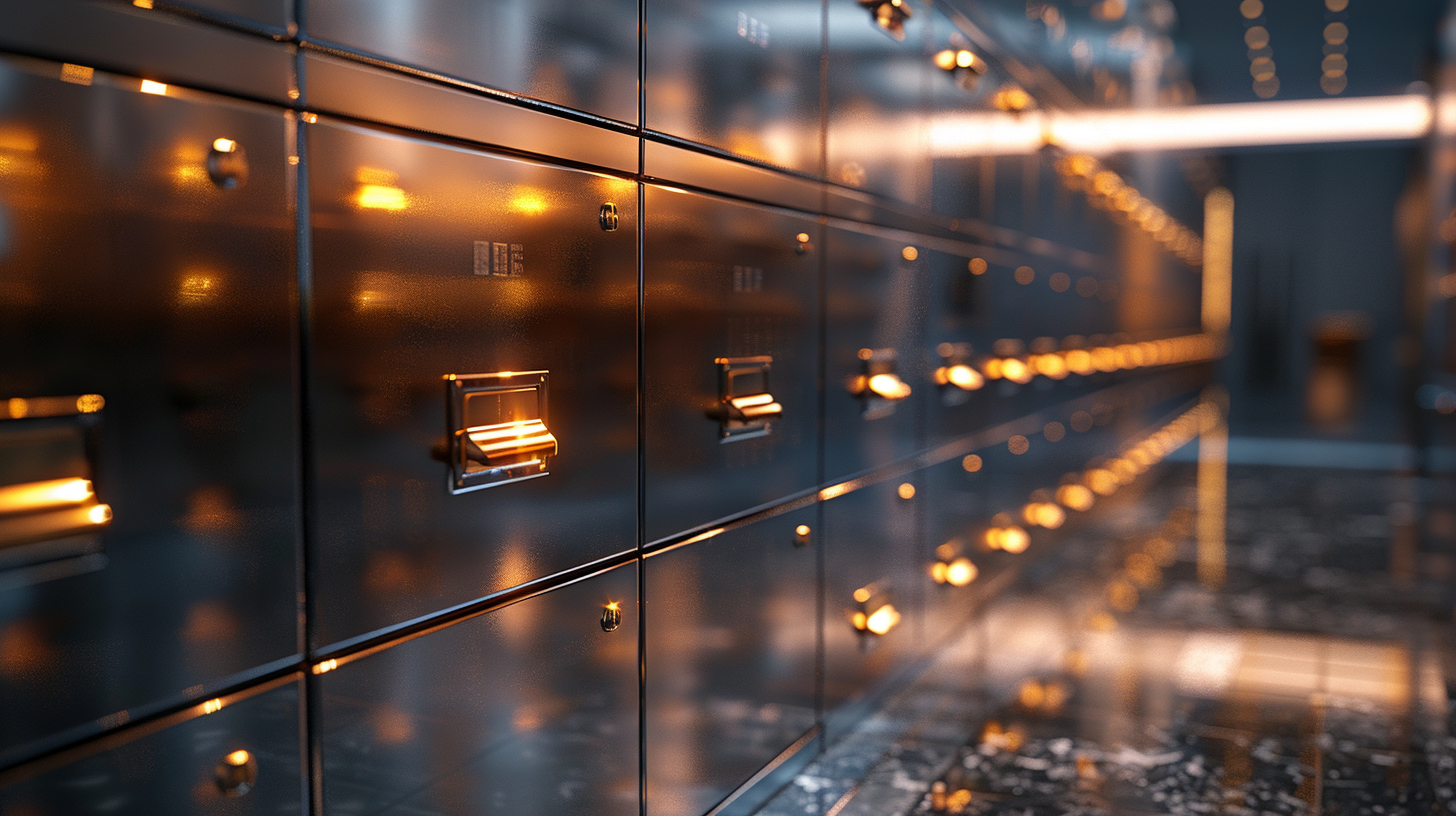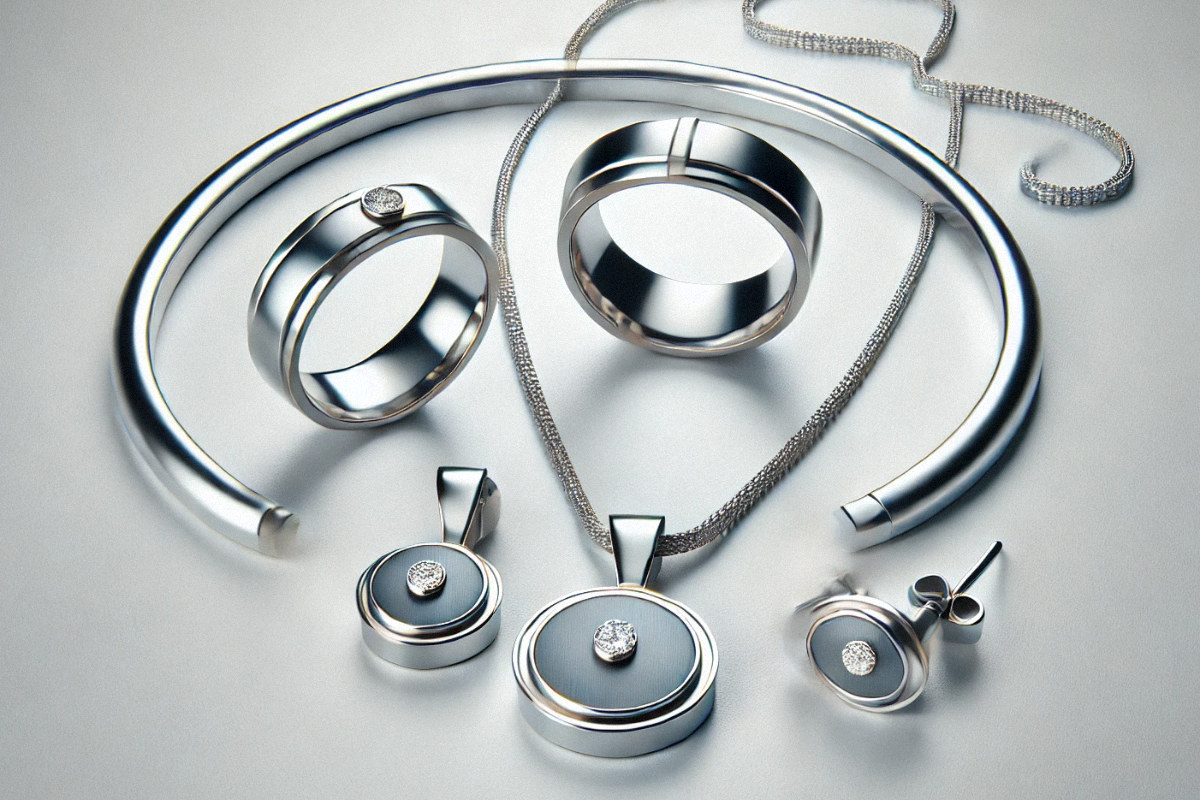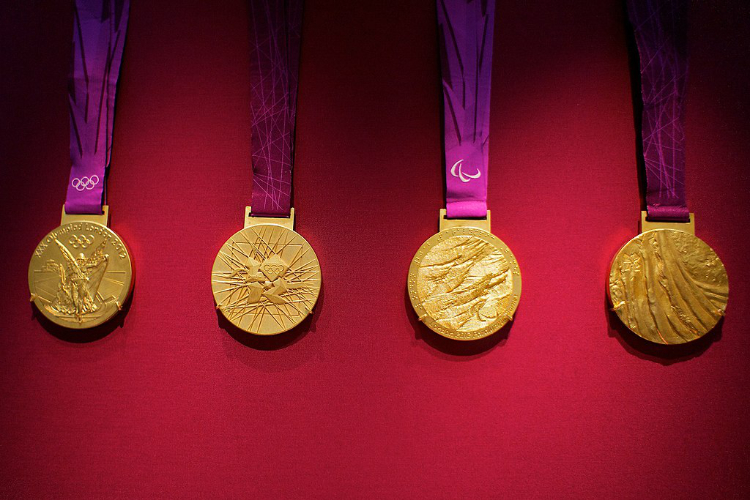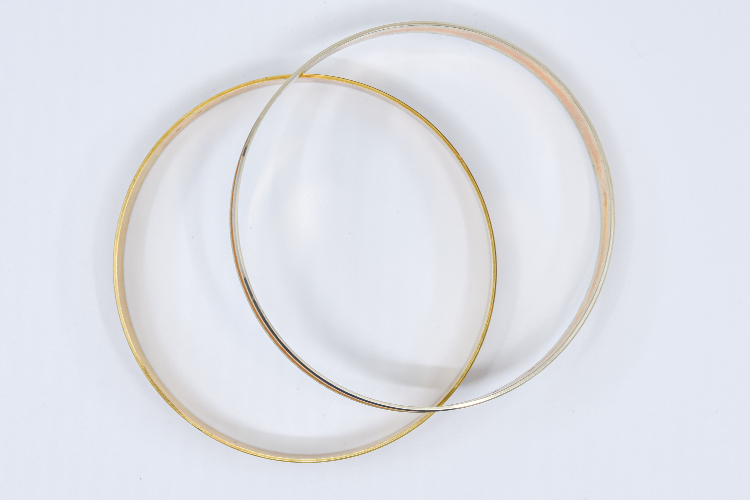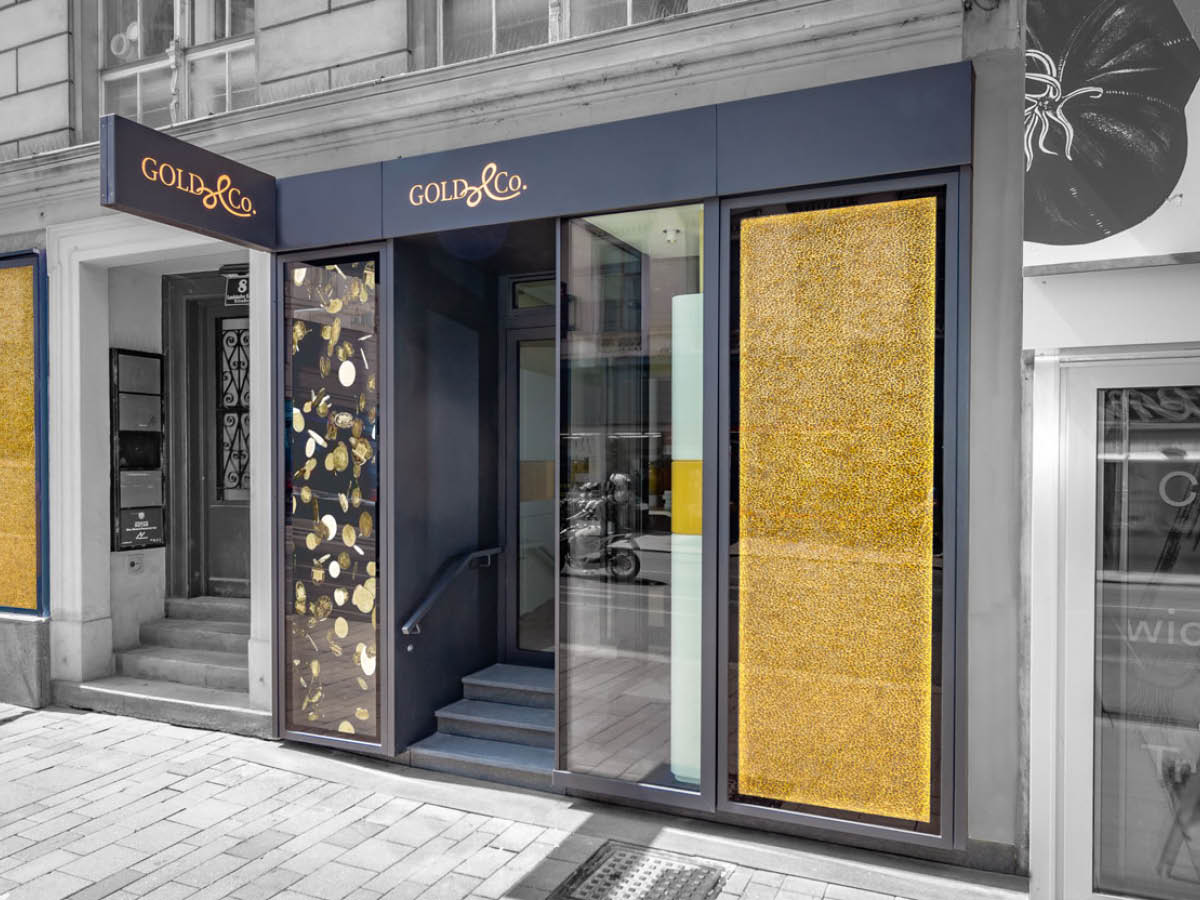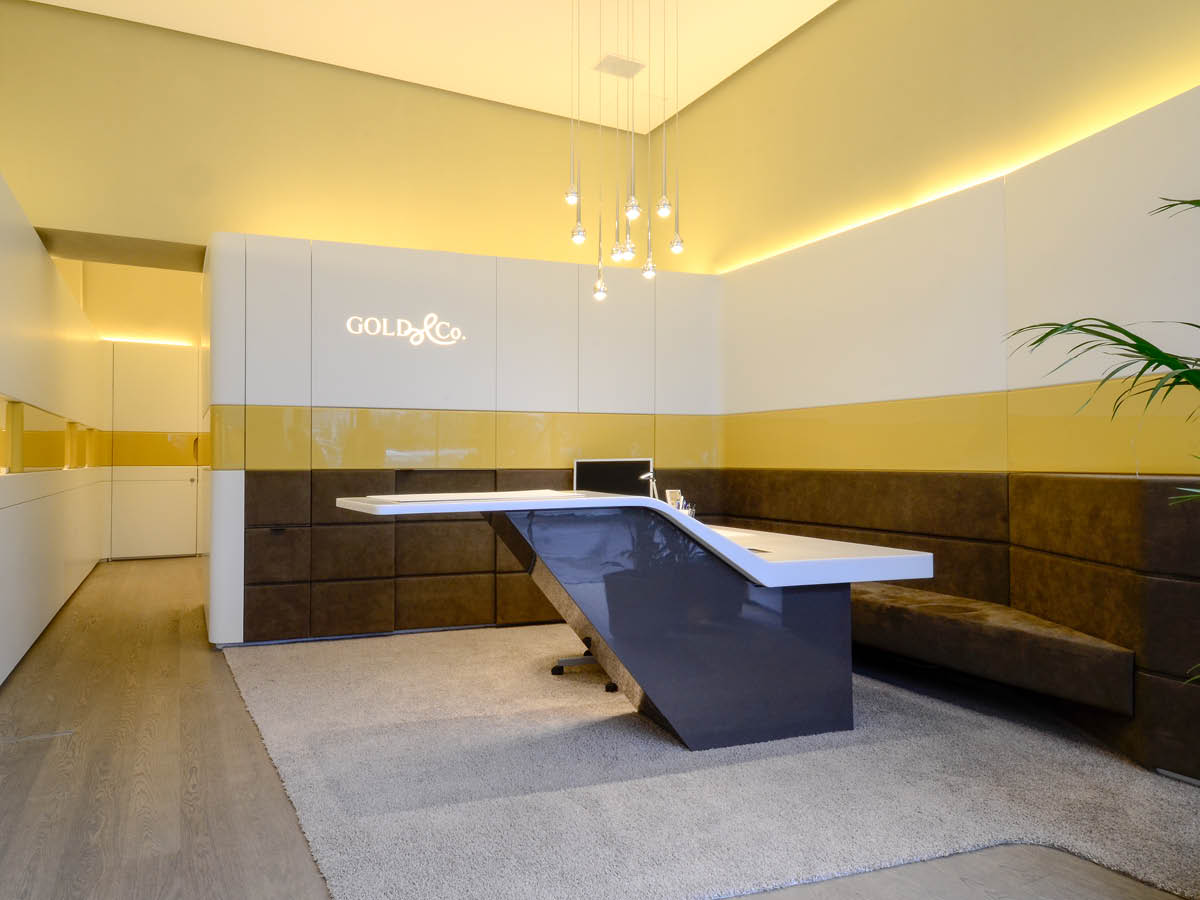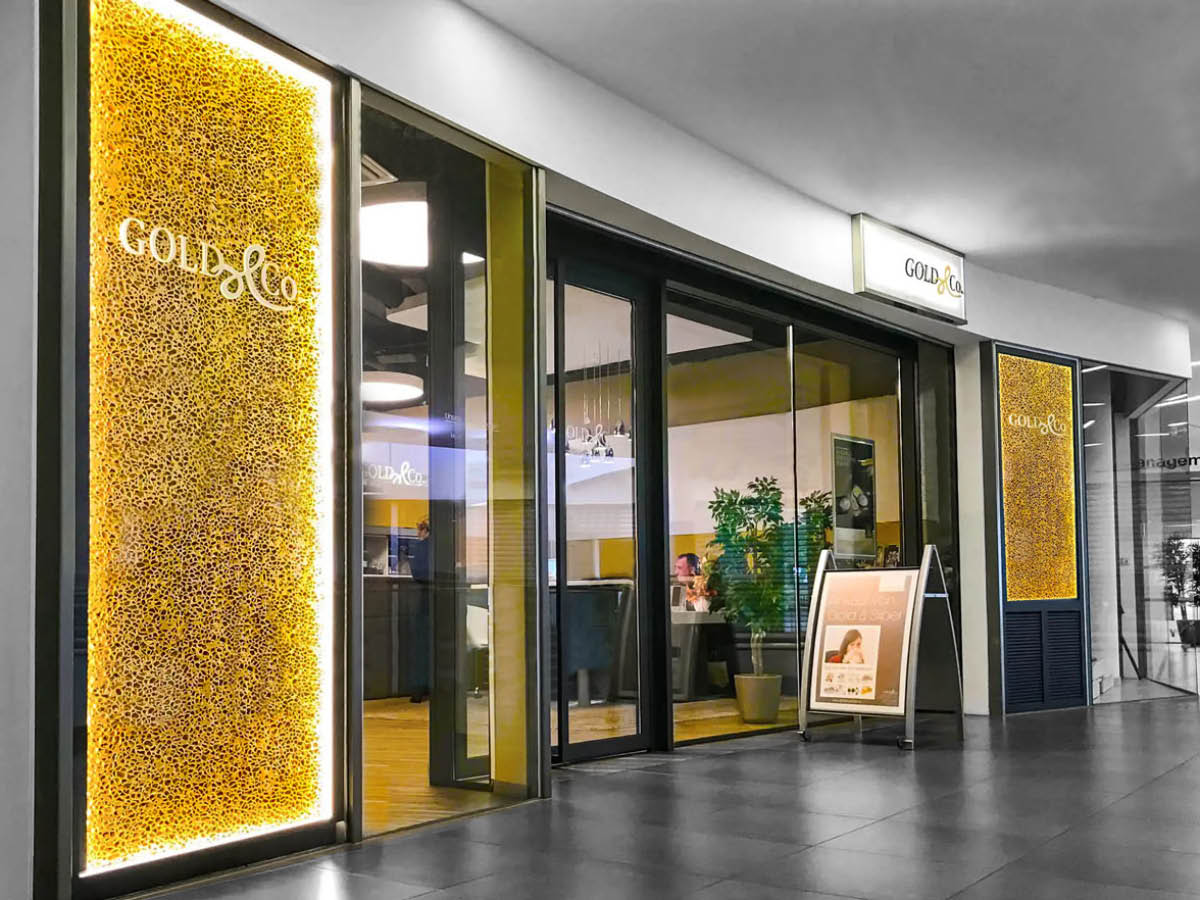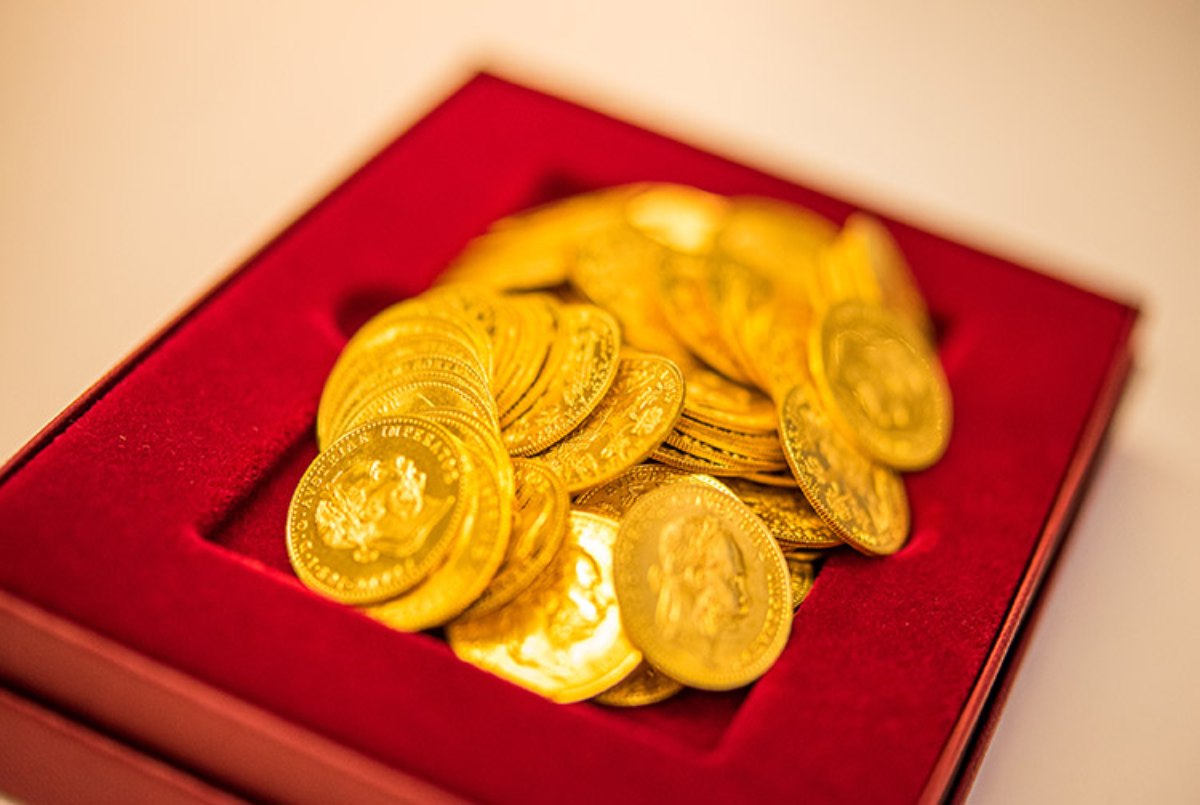
From the first Viennese mint in 1194 to the Austrian Mint
The roots of state coinage in Austria go back to 1194, with the first documentary mention of the "Viennese pfennigs" dating back to 1203. The "Vienna Mint" was first mentioned in a document in 1397. Today, the Austrian Mint is the only official mint in Austria.
Built for the ransom of Richard the Lionheart
A few years earlier, German, English and French troops had captured the city of Acre, a strategically important port city in the Gulf of Haifa, as part of the Third Crusade. The leader of the German troops, the Babenberg Leopold of Austria, demanded the same rank and share of the spoils as the leaders of the other troops, Philip II of France and the English Richard I "Lionheart", from whom he was brusquely and shamefully rejected.
In revenge for this snub, he had Richard the Lionheart captured in an inn in Erdberg on his secret return journey to England, which led via Carinthia, Styria and Vienna , and then imprisoned in Dürnstein Castle. For his release, Leopold demanded 100,000 marks, which corresponded to a silver weight of 23.5 tons, which he received and from which he also founded the main mint in Vienna's Wollzeile.
Over the centuries, the mint moved to Prince Eugene's winter quarters in Himmelpfortgasse until it moved to its current location on Heumarkt in the middle of the second half of the 19th century. In 1989, the old Main Mint received a new name and became Münze Österreich AG - a subsidiary of the Austrian National Bank with a stake in the Swiss LBMA-certified refinery Argor-Heraeus.
Production methods
In order to produce coins on a large scale, the intention was to use roller minting as a punching method, but this was initially unsuccessful in Vienna due to a lack of water power, but from 1554 it was used in Hall in Tirol and other mints. From 1650, the pocket movement became established as a minting tool in Vienna . From around 1700, the screw press was used to produce coins in Vienna , which was characterized by a more beautiful minting pattern and was only replaced by the more precise ring minting in 1830.
Famous products of the Austrian Mint
One of the first coins to be minted was the "Viennese penny" mentioned above, which was produced with a constantly decreasing silver content until the 15th century.
From the 16th century, the gold ducat was also minted, always showing the current regent on the obverse and the double-headed eagle on the reverse. From 1858, the gold ducat was no longer an official means of payment, but was still minted as an investment coin. The ducat is still minted today, but since 1920 there have only been restrikes, all of which bear the date of the last official minting in 1915.
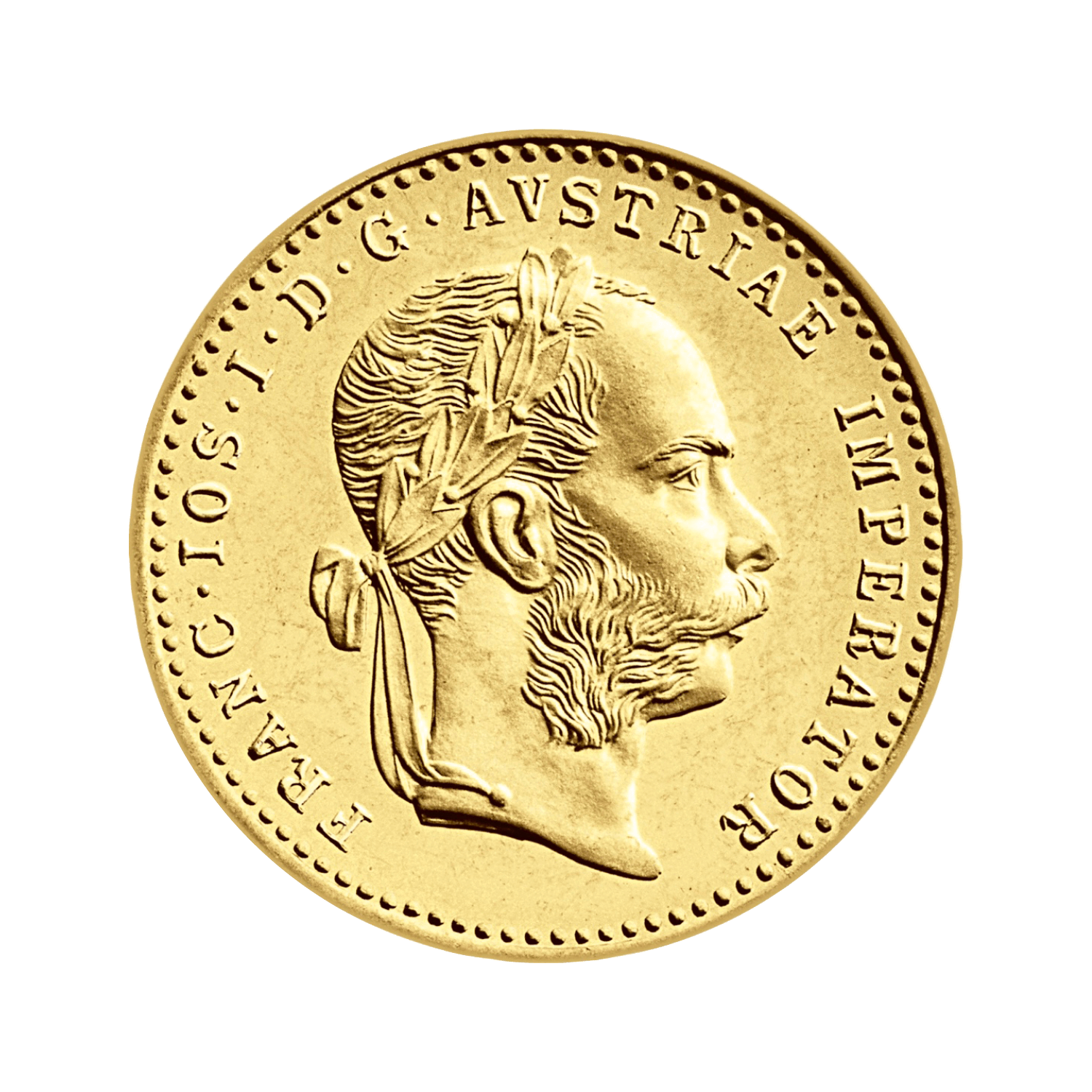
The most famous silver coin in the world, the Maria Theresa thaler made of 833‰ silver, has also been issued by the Austrian Mint, or the former Vienna Mint, since 1741. The coin has appeared unchanged since Maria Theresa's death in 1780 and has been minted more than 30 million times since then.
Since 1989, the Austrian Mint has also issued a 1-ounce gold coin, the "Vienna Philharmonic", which has become a heavyweight on the bullion market and is very popular with investors on the world market, particularly in North America and Asia. In the years following its first issue, the Vienna Philharmonic became the world's most minted and best-selling coin on several occasions. By 2015, the 1/1 ounce had been minted over 10 million times and, as an investment product with 999.9‰ fine gold content, is a real delight for any investor.
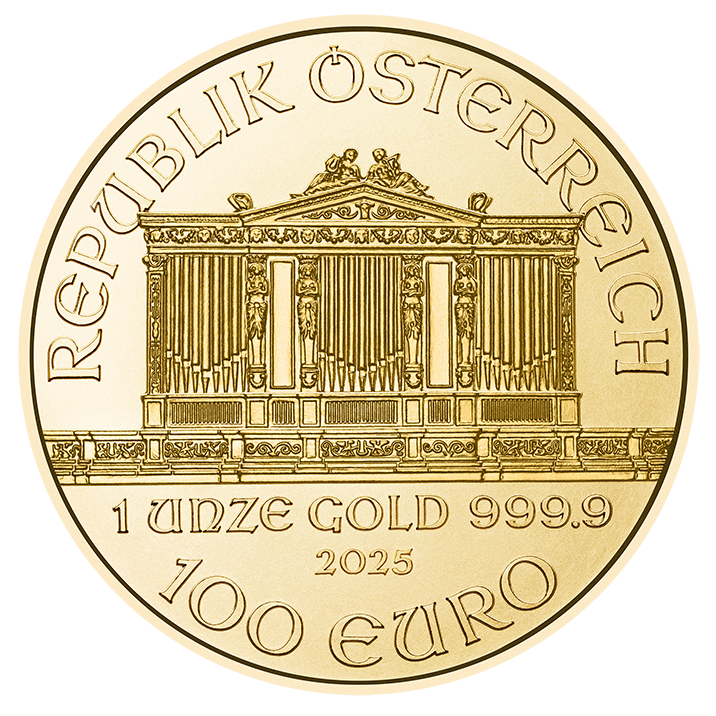
Other items from the Austrian Mint that are coveted by collectors internationally are the collector coins made of gold, silver and other metals, which enjoy great popularity due to their perfect minting quality. The Austrian Mint achieved a milestone in minting history with the "Niobium" bimetallic coin, the first issues of which achieved increases in value of over 2000%. The more recent issues went one step further and even dyed the niobium core of the coins in two colors, which aroused particular desire among collectors.
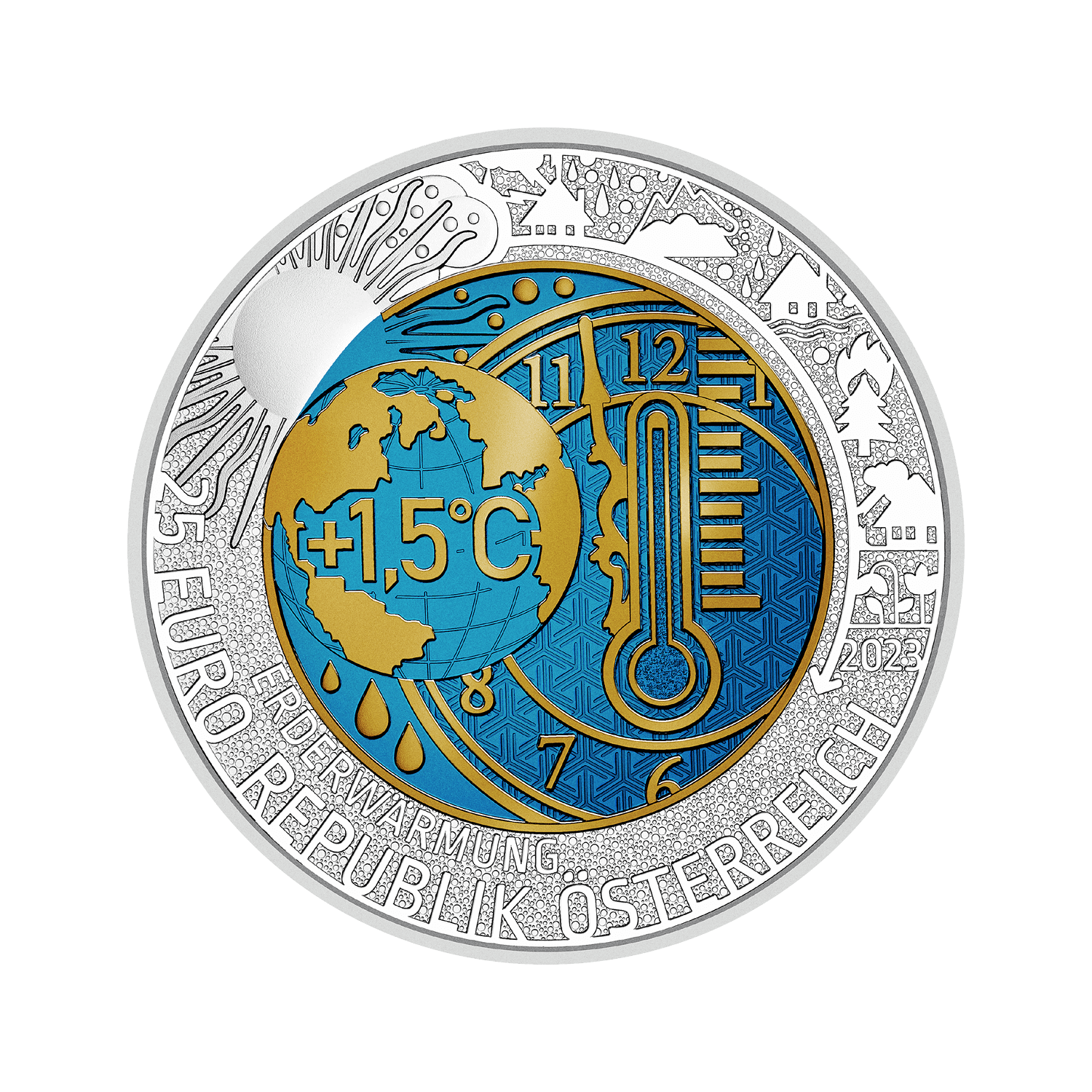
The latest addition to the traditional company's range are the 3 euro animal taler coins with colorful animal motifs that glow in the dark and are also intended to inspire young collectors to become interested in numismatics. However, these issues are usually sold out within a few days of the first issue and are then traded privately at ten times the issue price.
Gold bars from the Austrian Mint
In addition to normal euro coins, bullion coins and collector coins, the Austrian Mint also issues minted and cast gold bars. The bars are minted on behalf of the subsidiary Argor-Heraeus in Switzerland in sizes from 1g to 100g and cast from 250g to 1000g. All Austrian Mint gold bars are "Good Delivery" and therefore meet the highest international standards and are accepted worldwide.
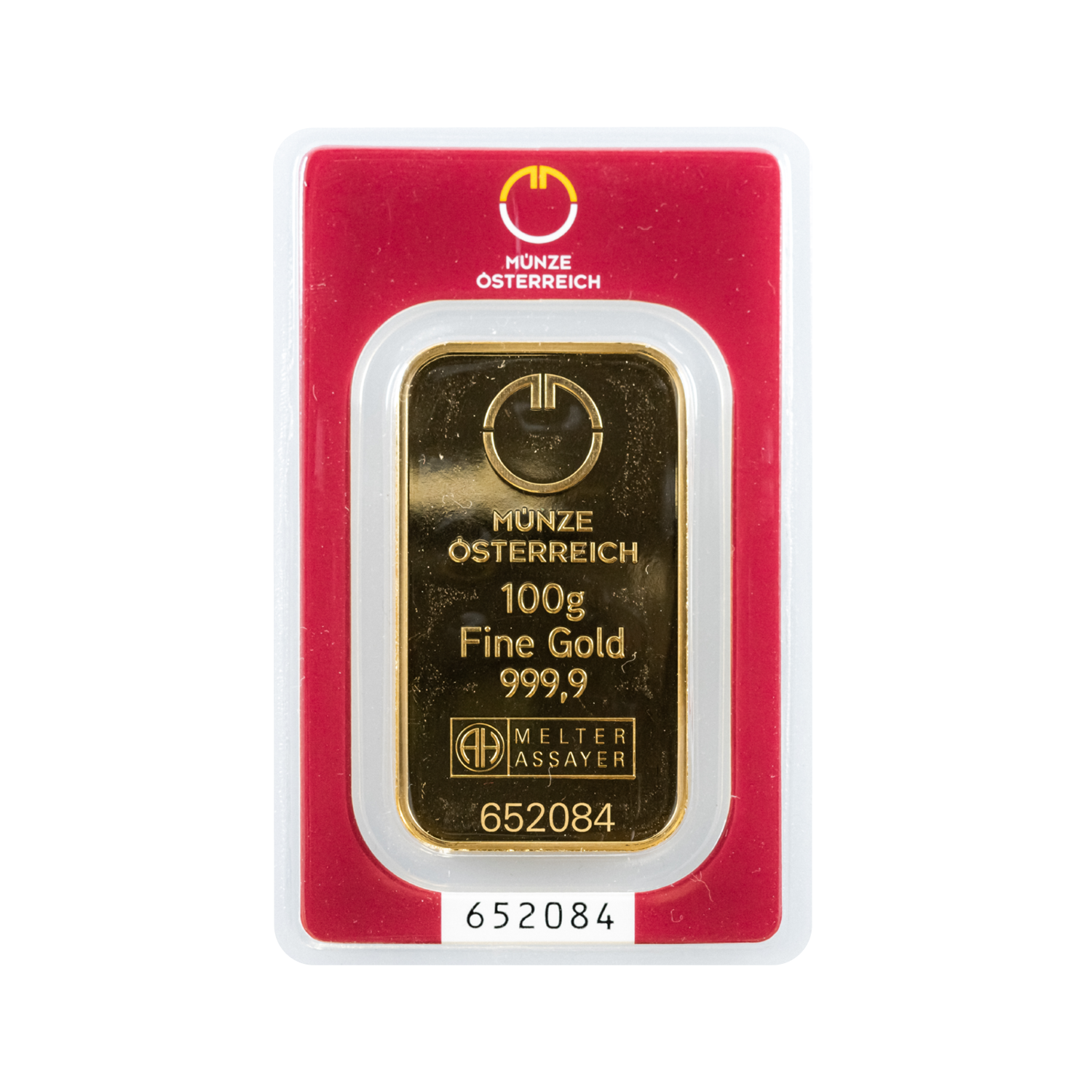
Gold & Co is an official partner
As an official partner of the Austrian Mint, you can buy and sell investment coins, collector coins and gold bars from the Austrian Mint at Gold & Co. Simply drop by one of our branches in Vienna or contact us directly!

